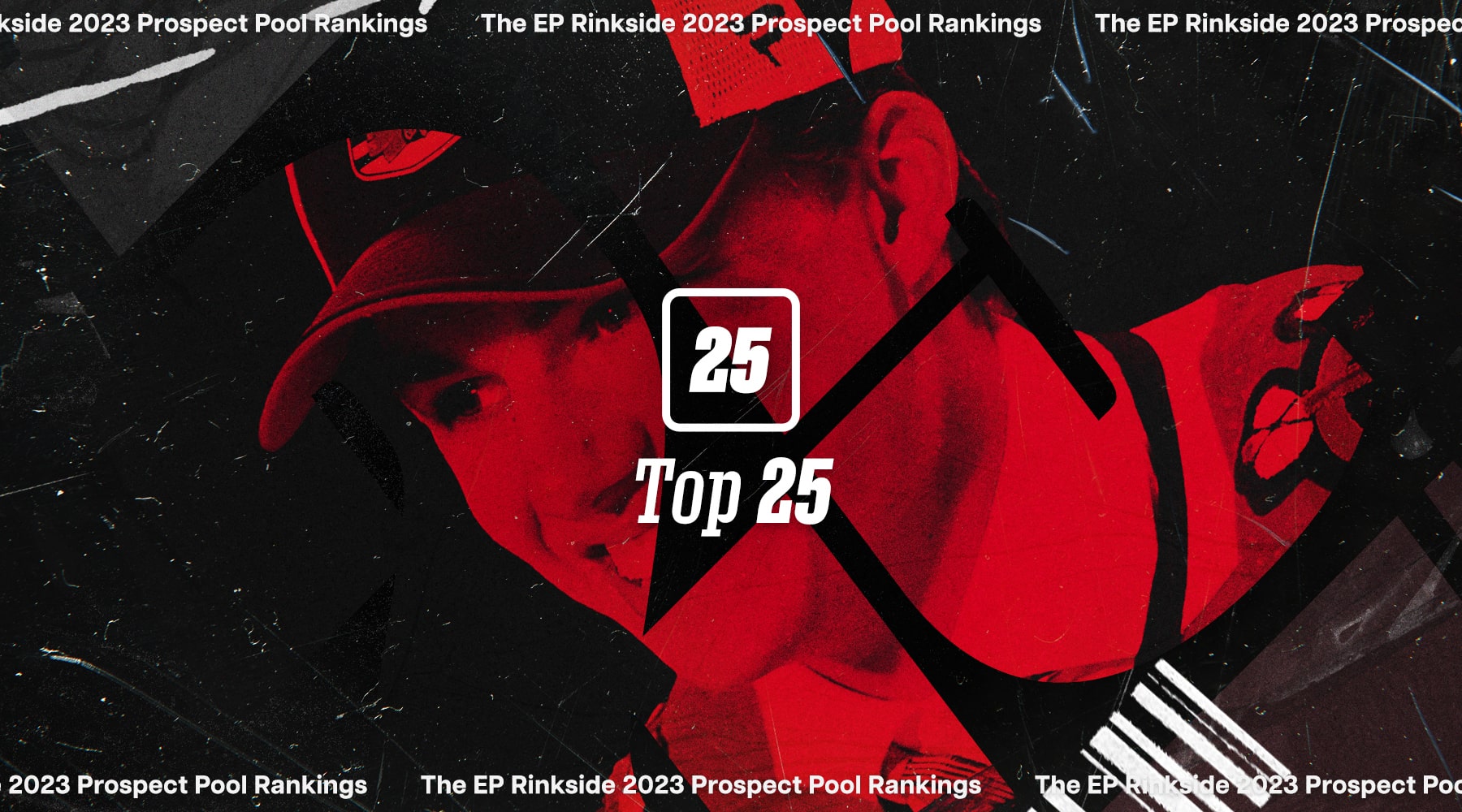Ranking the NHL's top 100 affiliated prospects in 2023: Skaters 25-1


There's a new season not that far off in the distance, and that means it's time for us to update our annual affiliated prospects ranking and eventually get into our team-by-team series with a countdown from the worst to best systems in the NHL.
As usual, we've assigned prospect status to any player who is still eligible for the Calder Trophy, awarded to the NHL's best rookie in any given season.
The NHL determines whether a prospect is still Calder-eligible based on these criteria:
To be eligible for the Calder Memorial Trophy, a player cannot have played more than 25 games in any single preceding season nor in six or more games in each of any two preceding seasons in any major professional league. Beginning in 1990-91, a player must not have attained his 26th birthday by Sept. 15 of the season in which he is eligible.
We've poured countless hours of film work, live viewings, and data tracking into this project, and had a lot of fun in the process, too. Still, this project is every bit as difficult as determining our draft rankings, the subject of many heated debates and back-and-forths between our scouts.
It's easy enough to understand why. Scouting, by its very nature, is a subjective process. Two reasonably skilled evaluators can watch the same play and reach wildly different conclusions. And a lot of the time, you're splitting hairs. The difference between a player we've ranked in the 60s and another in the 80s is often almost negligible.
We try our best to strike a balance between certainty and upside but often find ourselves more moved by the latter.
Ultimately, though, it's pretty straightforward when you get down to it: We're ranking players according to where we see them in four or five years' time.
For an idea of how to read our player's tools grades, we use a 1-to-9 linear scale, with a 5-grade representing a skill that is at about NHL replacement level. You can see the entire layout of that system in the below-posted image.
We'll also have players “FV Tier” in their cards, which stands for Future Value. You can read about that metric here, but the gist of the system and its outputs can be summed up neatly in this graphic.

Now that all of that's out of the way, let's get to it.

